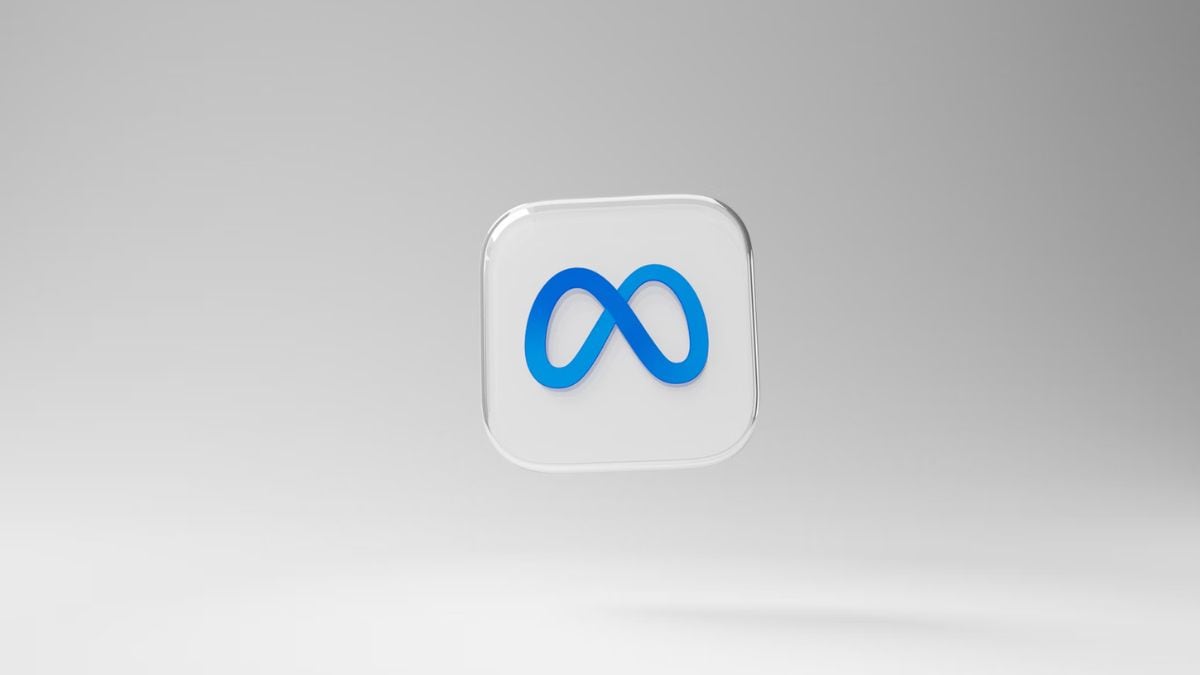Meta is releasing a new tool that can add an invisible watermark to videos generated using artificial intelligence (AI). Dubbed Video Seal, the new tool joins the company's existing watermarking tools, Audio Seal and Watermark Anything. The company suggested that the tool will be open-sourced, however, it has yet to publish the code. Interestingly, the company claims that the watermarking technique will not affect the video quality, yet will be resilient against the common methods of removing them from videos.
Deepfakes have flooded the Internet ever since the rise of generative AI. Deepfakes are synthetic content, usually generated using AI, that shows false and misleading objects, people, or scenarios. Such content is often used to spread misinformation about a public figure, create fake sexual content, or carry out fraud and scams.
Additionally, as AI systems get better, deepfake content will become harder to recognize, making it even more difficult to differentiate from real content. According to a McAfee survey70 percent of people already feel that they are not confident in telling the difference between a real voice and an AI-generated voice.
As per internal data by Sumsub, deepfake frauds increased by 1,740 percent in North America and by 1,530 percent in the Asia-Pacific region in 2022. The number was found to increase tenfold between 2022 and 2023.
As the concerns about deepfakes rise, many companies developing AI models have started releasing watermarking tools that can identify synthetic content from real ones. Earlier this year, Google released SynthID to watermark AI-generated text and videos. Microsoft has also released similar tools. In addition, the Coalition for Content Provenance and Authenticity (C2PA) is also working on new standards to identify AI-generated content.
Now, Meta has released its own Video Seal tool to watermark AI videos. The researchers highlight that the tool can watermark every frame of a video with an imperceptible tag that cannot be tampered with. It is said to be resilient against techniques such as blurring, cropping, and compression software. However, despite adding the watermark, the researchers claim that the quality of the video will not be compromised.
Meta has announced that Video Seal will be open-sourced under a permissive license, however, it is yet to release the tool and its codebase in the public domain.


